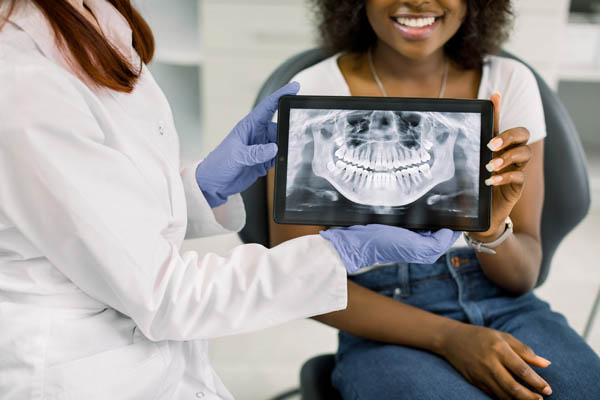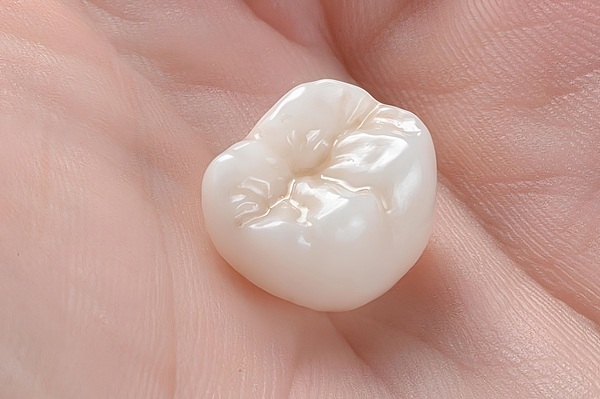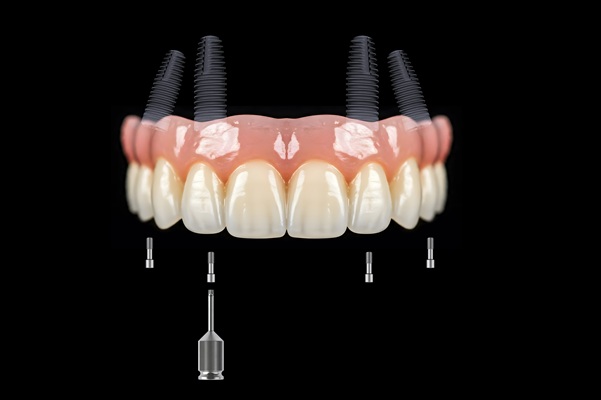Fixed Dentistry for Dental Restoration – Dental Bridges

A bridge is a custom-made fixed dentistry restoration to fill the gap left by one or more missing teeth. The bridge restores dental function and helps preserve the appearance of your face. The dentist will recommend a suitable type of dental bridge based on the specific needs of the patient. This article covers what you need to know about the process.
Prosthodontics: Who needs a dental bridge?
Losing a tooth can be devastating. Teeth are designed to function together. When a tooth is missing, the teeth near the gap can shift or tilt into the gap. The teeth in the opposite jaw may also move awkwardly into the gap when biting or chewing. This can put undue stress on the jaw joint and teeth, potentially causing discomfort and damage.
It is harder to clean shifted or crooked teeth, placing them at higher risk of tooth decay and gum disease. Once a tooth is lost on the jaw, the jawbone may start to shrink without proper stimulation. If this occurs, it may alter the facial structure and make the person look older.
Placing a fixed bridge
A dental bridge in fixed dentistry allows the dentist to use the existing natural teeth on the two sides of the gap to hold the new tooth in place. Fitting a patient with a bridge typically takes more than one dental appointment.
During the first appointment, the dentist will prepare the teeth on both sides of the missing tooth. The bridge will get support from these teeth. Impressions or digital images of the teeth and gap will be taken. The information will be sent to a dental laboratory where the technicians will use that to produce the dental bridge. The bridge can be produced from metal, ceramics or a combination of both materials. The dentist will discuss the most suitable option during the appointment.
While waiting for the completion of the final bridge, the dentist will fit the patient with a temporary bridge to protect the prepared teeth. When the permanent bridge is ready, the patient will return for a second appointment. The dentist will fit and adjust the bridge as necessary before cementing the bridge permanently. The bridge is fixed and can only be taken out by a dental professional.
Caring for the dental bridge
The dental bridge may fail if the supporting teeth or jawbone get infected by dental disease. Patients need to take oral hygiene routines seriously to maintain good oral health. Tips for caring for bridges include:
- Brush the teeth twice daily and clean between the teeth with floss; brushing and flossing help clean plaque (a sticky bacterial film) from the surface and between the teeth
- Clean under the bridge; there are dental tools to make the process easy, and patients can ask their dentist for recommendations
- Visit the dentist regularly for dental exams and professional teeth cleaning
- Consume a healthy diet, and reduce intake of sticky and sugary treats
Final note
Dental bridges are indirect restorations in fixed dentistry and are designed to be permanent replacements for missing teeth. If you have a missing tooth, talk to the general dentist to discuss your options.
Get more information here: https://www.tucsonazdentistry.com or call Advanced Family Dentistry at (520) 353-3002
Check out what others are saying about our services on Yelp: Read our Yelp reviews.
Recent Posts
Same day crown technology has made it possible for patients to get a crown over a tooth on the same day as their dental appointment. Crowns, commonly known as "caps," can treat a broad range of dental problems. They are used to treat decayed parts of teeth, replace a missing tooth as part of a…
An All-on-4® treatment can replace multiple teeth. This extensive procedure is for people who are going to have several teeth extracted. It is also for those who have lost many teeth already. Knowing all that you can about the teeth-replacement options available to you is important. If you want to know if an All-on-4 can…
A bone graft is a surgical procedure for correcting issues with bones or joints. It involves transplanting bone tissue to a deficient area and is beneficial for bones that are damaged or lost due to trauma or tooth loss. Advances in dental technique and technology have made the procedure easier and effective for stimulating jawbone…
Denture repair involves restoring broken dentures to like-new condition. Before the restoration, general dentists examine the dentures to check for various damage. Next, the dentist provides the lab technician with detailed instructions to ensure appropriate repairs occur. Following the exam, a patient's dentures undergo repair at a dental laboratory.Patients should never ignore their dentures if…


